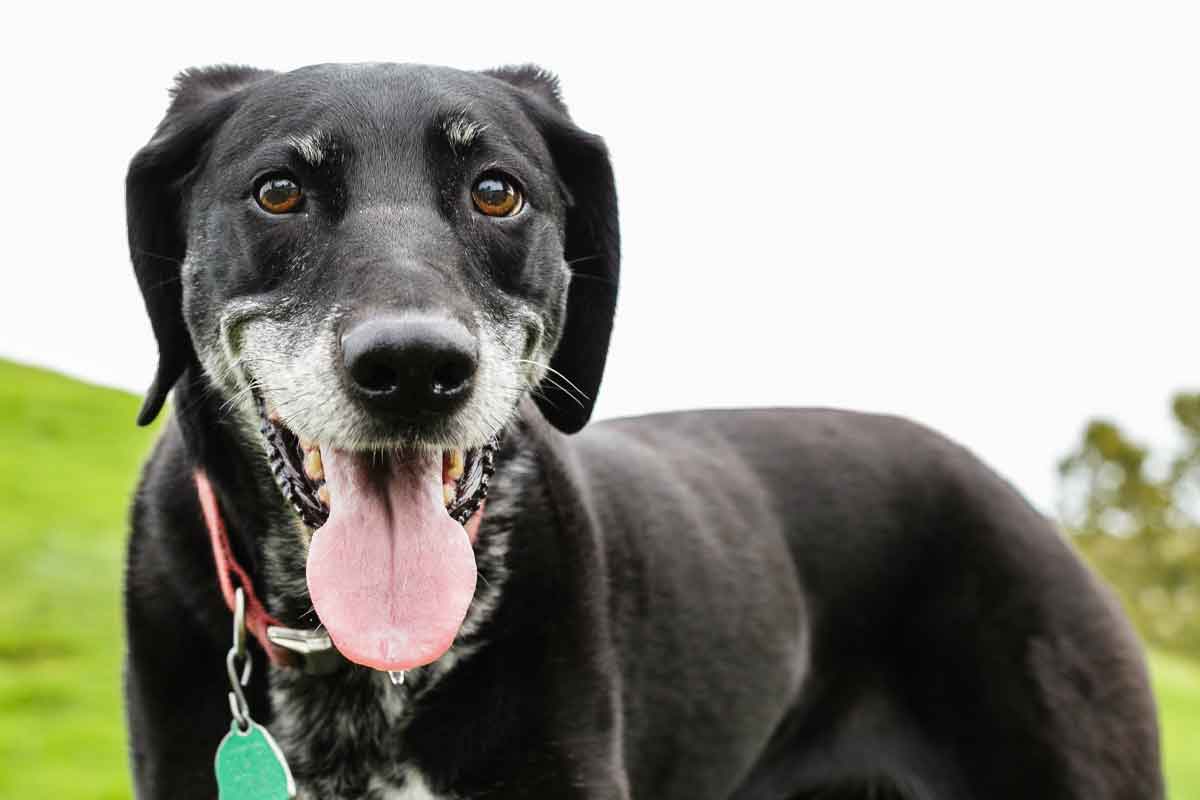
Providing exercise for older dogs is an important part of their daily care, but they aren’t the energetic and athletic puppies they used to be. Aging often brings mobility issues and joint discomfort in dogs, making more strenuous activities challenging and unpleasant.
How can you help keep your senior dog active into their golden years? How can CBD + CBDA help your senior dog move more comfortably?
Benefits of exercise for senior dogs
Seniors naturally lose muscle mass, strength, and their sense of balance as they age, according to veterinarian Dr. Barbara Butler. Older dogs are also at increased risk of obesity, cancer, heart problems, cognitive decline, and joint discomfort.
It’s easy to mistake your senior’s new behaviors—increased napping, moving slower—as proof that they don’t need as much or any daily exercise. However, exercise is a crucial part of helping senior dogs maintain quality of life as they age.
Exercise helps keep senior dogs’ minds stimulated and their bodies strong. As the saying goes, “use it or lose it.” Having an active lifestyle is critical to maintaining mobility, promoting overall health, and preventing weight gain, which can increase risk of and exacerbate health issues.
What to keep in mind when exercising with your senior dog
Senior dogs have unique needs and abilities, and every dog is different. It is important to figure out what will work best for your senior dog when developing an exercise plan. Some possible considerations include:
- Strength and endurance – Your senior dog likely can’t keep up with their usual long hikes and extended games of fetch anymore. It is normal for dogs to have lower energy levels as they age. The focus of exercising a senior dog is to keep them moving and mobile, not to tire them out. Moderation and consistency are essential—instead of one hour-long session of rigorous exercise, consider shorter, more frequent low-intensity activities throughout the day.
- Joint discomfort – Older dogs often develop mobility issues. In fact, approximately 80 percent of dogs older than eight experience some form of joint discomfort. As joint cartilage deteriorates, worsening inflammation can cause discomfort and decreased mobility, significantly reducing quality of life. Watch for common signs of joint discomfort like:
- Slow to get up in the morning
- Avoiding stairs or the car
- Walking stiffly or slowly
- Less interaction with family and other pets
- Loss of interest in toys and activities
Senior-friendly exercises
When your dog slows down or experiences discomfort, high-intensity activities that are hard on their joints won’t cut it anymore. Regardless of your dog’s physical limitations, there is always something fun to do that helps maintain their well-being.
Here are some low-impact, senior-friendly exercises to keep your dog moving:





